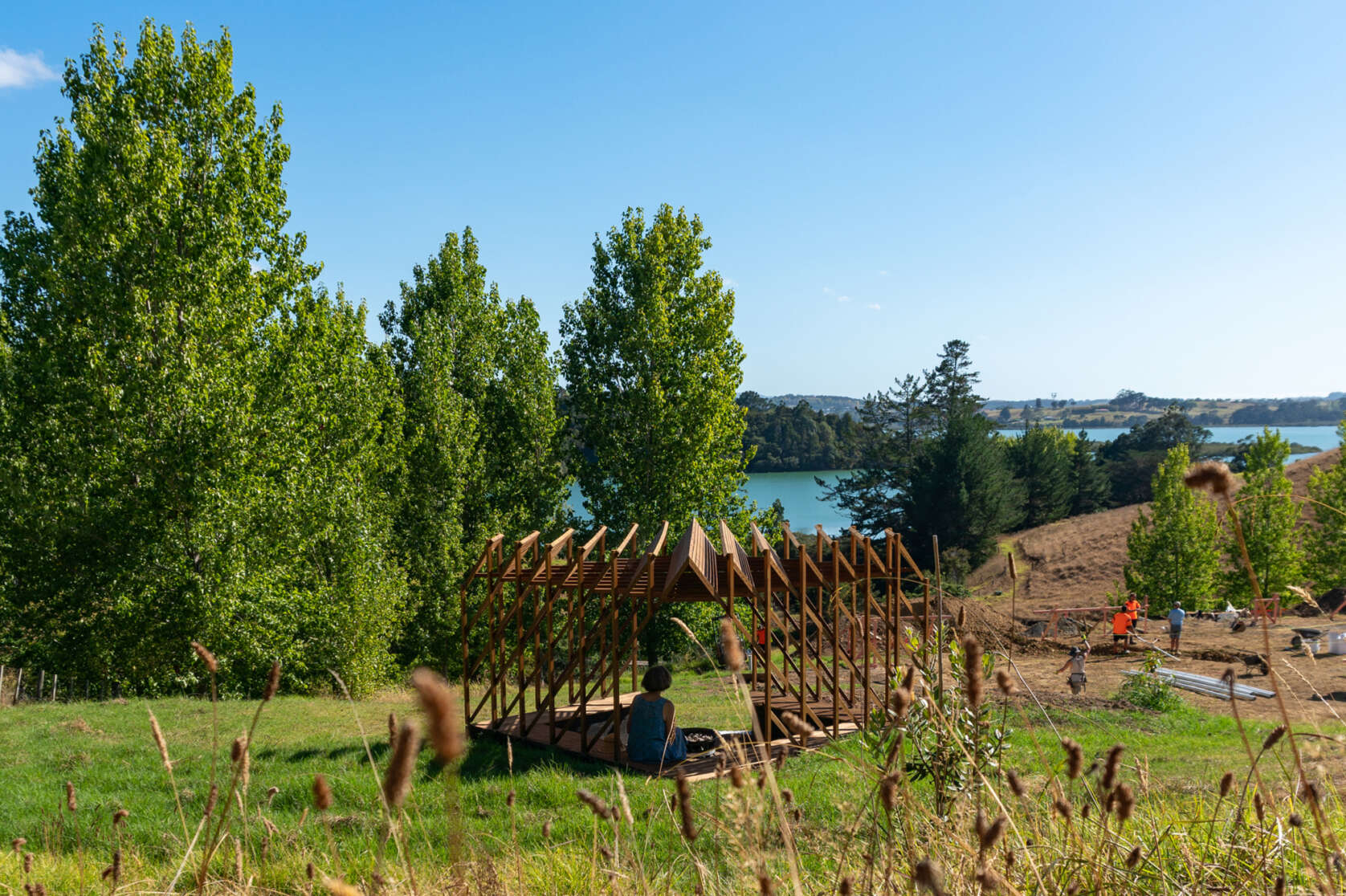Shadow Pavilion

How can modern fabrication techniques be adapted to suit traditional jointing techniques, such as lap joints, by using simple CAD/CAM machinery to allow smaller timber member sizes?






How can modern fabrication techniques be adapted to suit traditional jointing techniques, such as lap joints, by using simple CAD/CAM machinery to allow smaller timber member sizes?
Timber in architecture has been used for millennia, from the original huts and pit dwellings through to today’s modern structures.
Through the years the main advances have been primarily in the sophistication with which timber was able to be shaped and joined. In recent years modern materials such as Laminated Veneer Lumber (LVL), Cross Laminated Timber (CLT), and new and more accurate fasteners and synthetic glues have allowed for adaptations to these practices due to the increased strength and stability of the timber used. However, in the digital realm, the main advances have been in large, highly specialised machines that mill large members, and smaller, less sophisticated milling machines mainly used to mill sheet materials, without much development in between.
This thesis serves to ‘hack’ the usage of a simple, less sophisticated three-axis CNC machine to achieve what would typically require a far more expensive and specialised machine.
The thesis proposes a new and updated fabrication methodology using smaller timber members and intricate jigs to mill them. This methodology allows problems to be faced, such as the use of complex profiles and long lengths of timber, that wouldn’t pose a problem on larger and more expensive machines. This is achieved through thorough testing of conceptual designs through CAD software and physical modelling for both sun/shadow studies, as well as structural analysis of various joints and designs to attempt to design out problems such as screw placements.
The project aims to develop a low cost, timber fabrication methodology that can be widely applied. The implementation of this fabrication methodology was tested through various concept designs, with a chosen design being fully developed as a 1:1 case study on a chosen site. The physical construction of the final design allowed for all matters involved to be explored with full implementation. The final Cowan Bay pavilion makes up the majority of this thesis and is a worked example of how the fabrication methodology can be applied.






